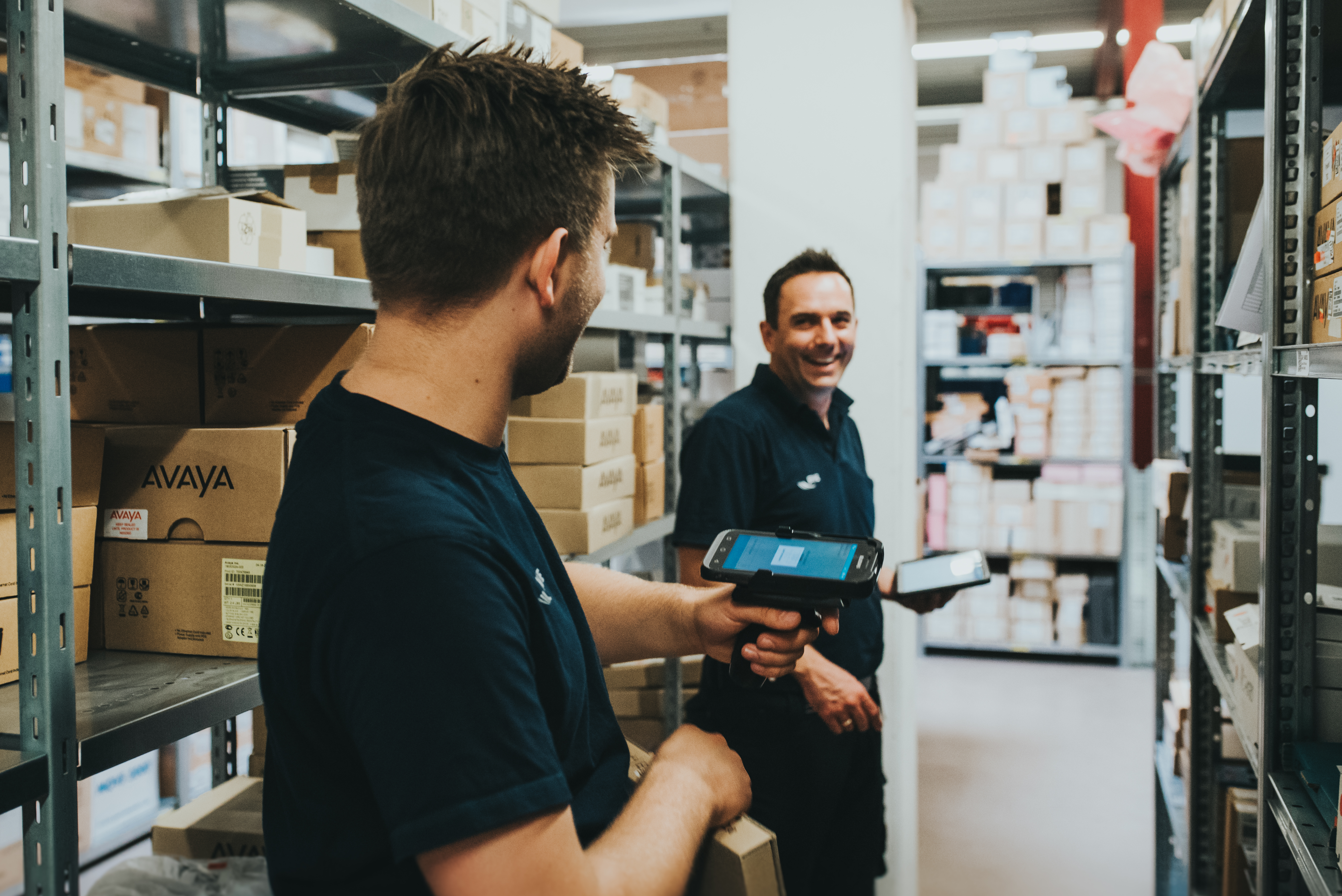Topics
Mobile applications are standard tools for process optimization, and not just in logistics. Below you will find suggestions and examples of what is important for the successful introduction of mobile data capture in the context of internal logistics with SAP.
How do you take a holistic approach to handheld scanner projects?
Over the last decade, both the number and complexity of mobile IT solutions in use have increased, whether on handhelds, smartwatches, glasses, or tablets. Looking at providers of auto-ID solutions, one quickly gets the impression that there is a specific device and corresponding software solution for every process. In some cases, this is of course appropriate, e.g., where pick-by-voice significantly optimizes order picking, as is the case with traditional shipping service providers.
In the intralogistics environment of medium-sized companies, this often results in isolated solutions where different tools are used for a relatively small number of employees. For inventory, a simple scanner that simply counts quantities and reports back. For picking, a pick-by-voice solution, and for goods receipt, mobile devices with a pistol grip and integrated scanner. This is not uncommon in today's business reality.
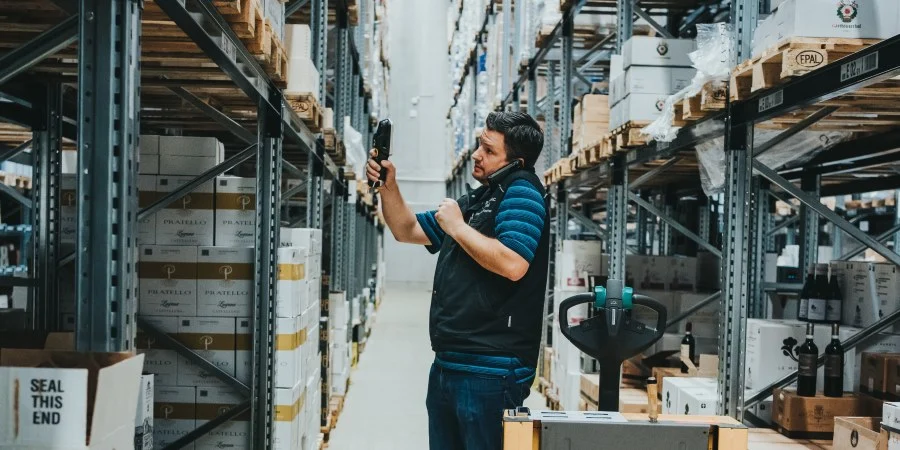
For intralogistics specialists in particular, it is worth taking a closer look at the interaction between solutions and processes. Today's mobile industrial devices can combine many functions. Various app functions, all of which follow the same principles of use, offer cost reductions in training and organization. Employees and external helpers can be deployed more flexibly once they have come into contact with the company's “logistics app.” The IT tools should enable generalists to work productively without extensive prior knowledge or other setup times.
But be careful: the all-encompassing solution also needs to be restricted in some areas. Individual processes may well create islands if they promise high levels of optimization at a reasonable cost, even if they are isolated.
Consider special cases in mobile working
While a lot of attention is paid to the SAP standard processes that occur most frequently and need to be completed as quickly as possible, it is also important to provide optimal support to employees with regard to special process characteristics or individual Z functions.
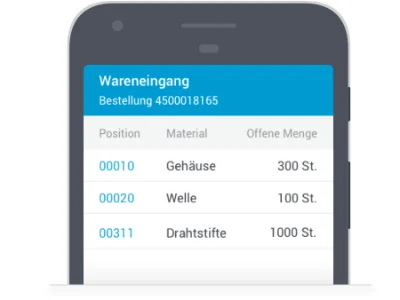
A good example here is SAP goods receipt. Due to incorrect delivery notes, incorrect barcodes, or simply illegibility due to dirt, fast scanning repeatedly fails here. Functions such as OCR text recognition, a very powerful technology that allows the entire delivery note to be photographed and text patterns to be recognized, can help here.
So there are definitely cases where you can consider purchasing the much-criticized consumer devices. They can also be adequately equipped for more extreme conditions, if you just look at the selection of accessories or special outdoor devices.
Unlocking “Secondary Potential”

In addition to the work processes to be implemented, attention should also be paid to the employees' environment. In manufacturing, for example, it is not just a matter of providing feedback on production orders or acknowledging goods withdrawals. What is interesting here is the combination with employee time recording.
This can take place on the same device, sometimes even supported by barcodes or NFC. A convenient additional benefit for the employee and the company. From notifications to emergency functions such as recording a quick report of an accident using the camera function or a voice memo, many things are conceivable.
Convincing technicians
Internal IT departments today face the challenge of offering specific mobile applications even for small user groups. This is no easy task given the permanent shortage of human resources. Intralogistics processes are largely standardized and require clear templates and specific products rather than customized solutions developed from scratch.
One of the most important concerns for IT is seamless integration into the existing (and leading) ERP system. The interfaces must be tested and found to be correct, and standards such as web services help with this. The implemented apps should be distributable via an enterprise store and, if possible, based on a secure product. Specialist providers also often have tools that enable internal developers to make subsequent adjustments themselves. Device management should also be as simple as possible and the number of solutions used should be manageable, otherwise maintenance costs will skyrocket.
Mobile device management is often already in place for other departments such as sales or other field staff. It should be possible to share this – here, too, it is important to ensure hardware compatibility.
Think about warehouse employees
In the consumer world, this has long been elevated to a paradigm known as “human-centered design.” In this world, it is often the details that determine whether an app is used or not. This expectation is being carried over from the private sphere into the world of work. After all, in times of permanent automation, human abilities must be supported for more complex problem solving, because this is where humans are still needed.
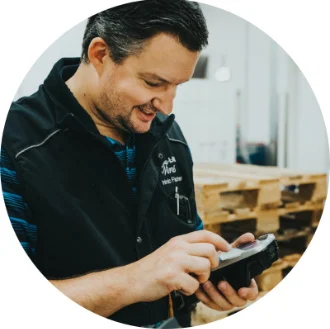
Satisfied employees are significantly more productive. Especially when they are not afraid of their own tools. Operation should not only be clear, but also fun. This concept is also appropriate in a work context. If people are reluctant to use something, they will always find ways to circumvent it or use it in a way that is not intended. Functions for handling special cases should not trigger cumbersome processes, but should guide employees specifically to the solution.
However, in many places, the software tool is still not determined by those who have to use it or who have the most work experience. The top-down thinking, in which IT systems must be used as they are, is no longer appropriate. The various requirements must be harmonized from a professional, technical, and above all human perspective in order to result in a productive SAP user experience.
Conclusion
In order to navigate the variety of end devices and software options, it is important to focus on the interaction between solutions and processes. While the main use cases are often already covered by standardized app functions, it is important to consider special cases from the outset and exploit synergy effects by utilizing “secondary potential.” In addition, for the successful introduction of mobile applications in intralogistics, it is crucial that both technicians and warehouse staff are convinced of the solution.
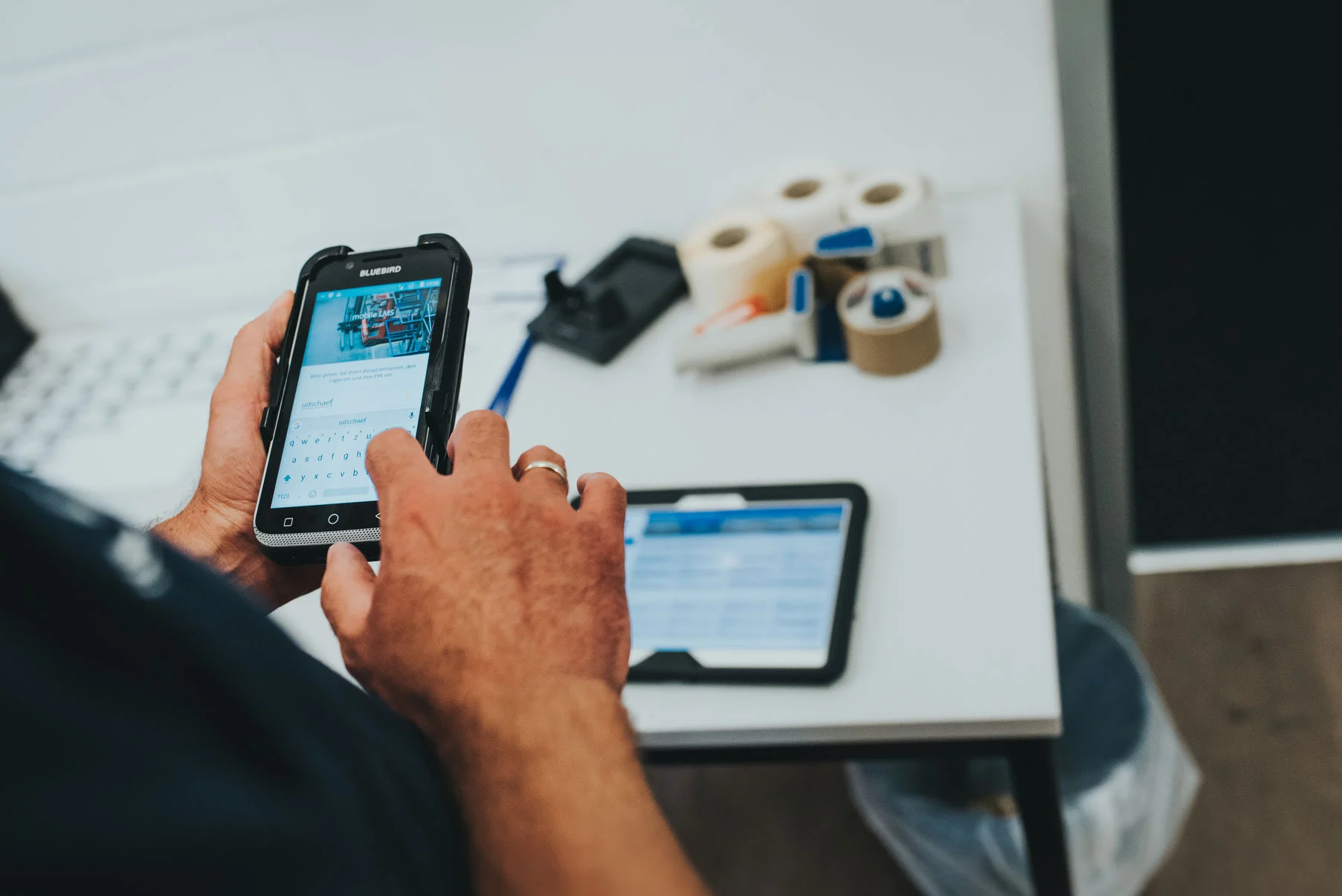

.webp)
